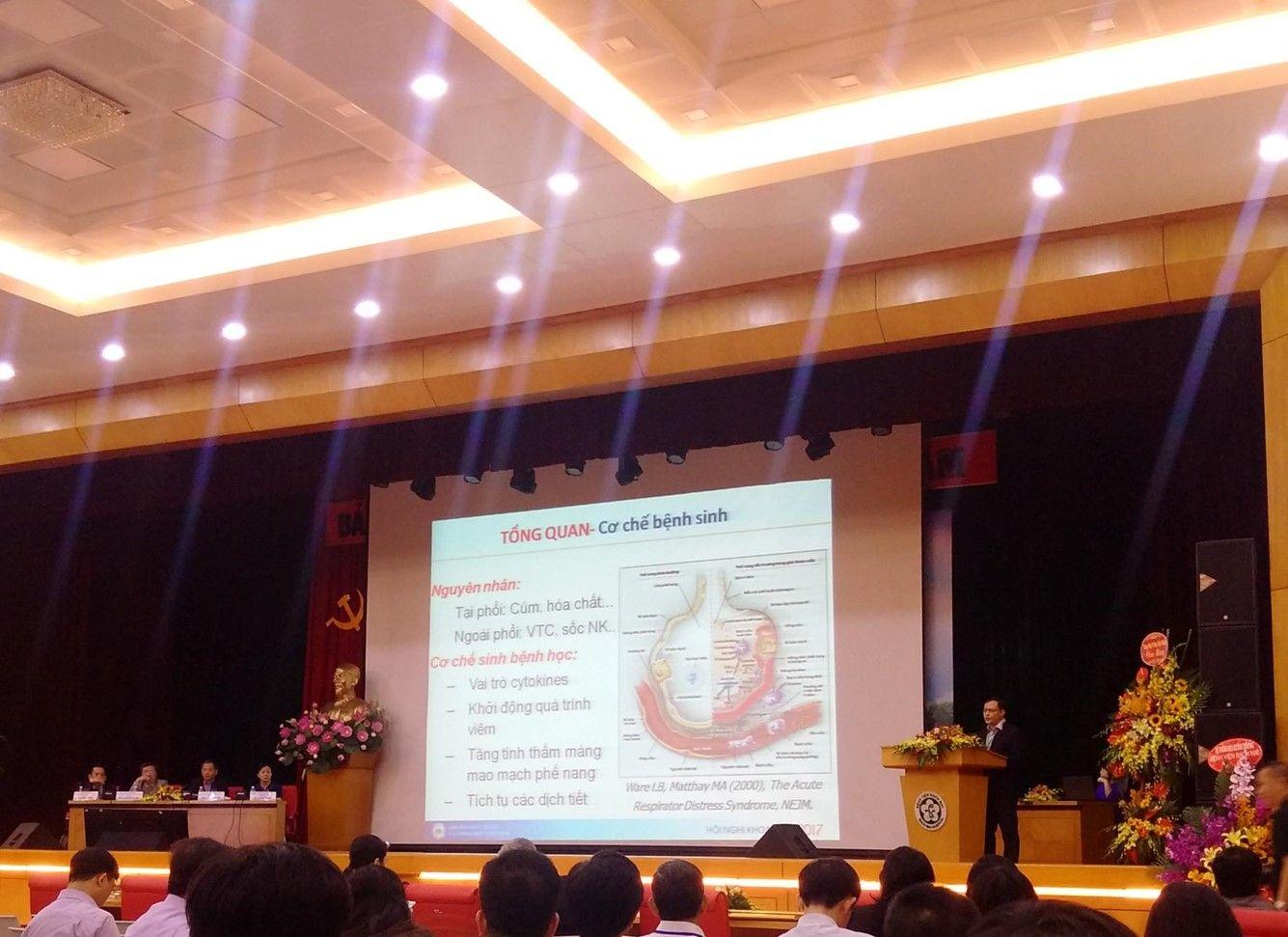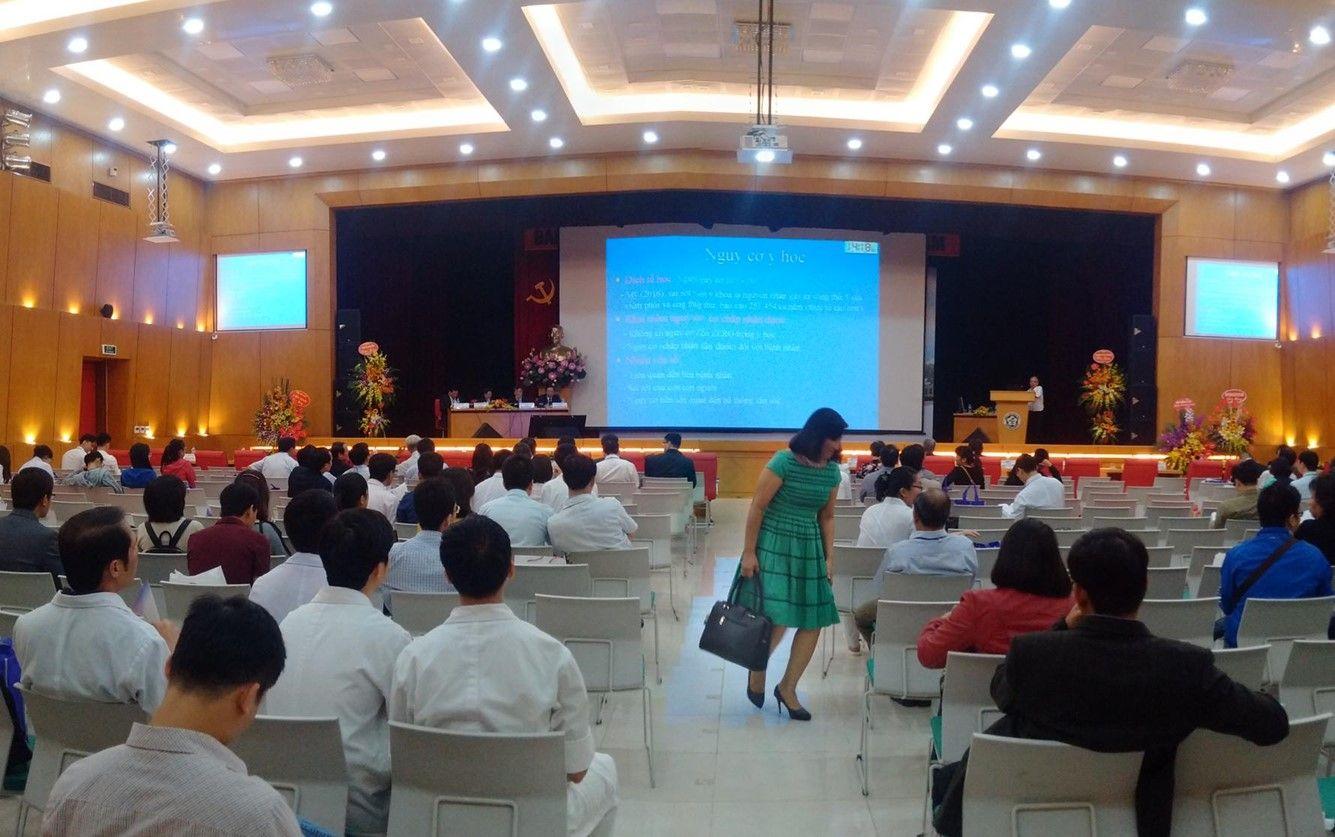National Conference on Emergency Resuscitation and Toxicology 2017 at Bach Mai Hospital
Sunday, 05/25/2025
Sunday, 05/25/2025
On April 13 and 14, 2017, Bach Mai Hospital hosted the National Emergency and Toxicology Conference 2017. This is an annual activity of the Vietnam Society of Emergency and Toxicology, where emergency and toxicology doctors share their practical clinical experiences and update new knowledge in this field.
The scientific workshop attracted a lot of attention from doctors and medical staff from departments inside and outside the hospital
Here, the ROTEM product distributed by Medcomtech Joint Stock Company was very honored to be introduced at the conference as a new tool to help doctors better control coagulation disorders in emergency patients. Specifically:
+ Personalized: individualized treatment
ROTEM helps indicate the actual needs of each patient for blood products. It predicts the need for massive transfusion with the A5 parameter (clot amplitude at 5 minutes) in the EXTEM test < 35mm, which is more specific than the INR test > 1.2 (OR 8.4, 95% CI 1.1-62.5)
The conclusion of this study: using ROTEM only reduces mortality if accompanied by changes in transfusion practice

